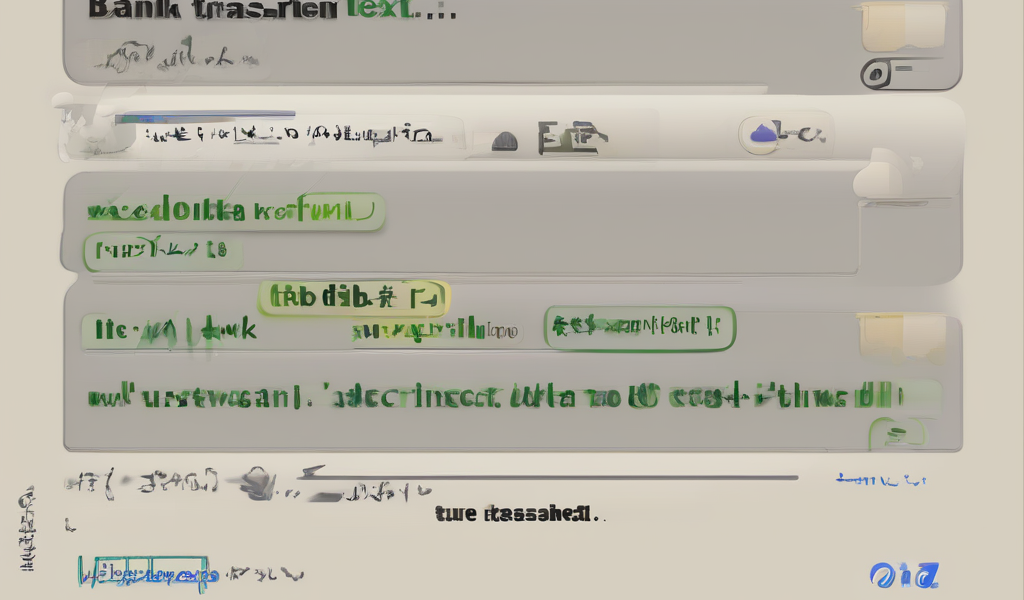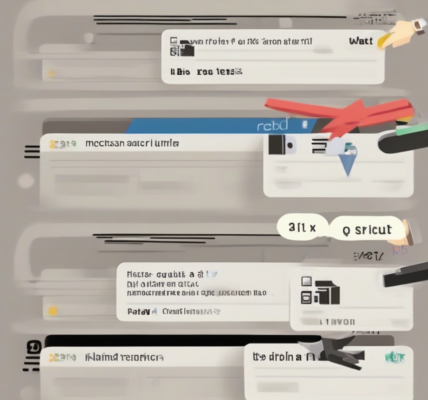Understanding US Bank ACH Transfers
ACH transfers, or Automated Clearing House transfers, are electronic funds transfers between bank accounts. US Bank, like many other financial institutions, offers ACH transfer services for both businesses and individuals. Understanding how these transfers work, their benefits, potential drawbacks, and best practices is crucial for efficient and secure financial management.
Types of US Bank ACH Transfers
- ACH Credit Transfers: These transfers involve sending money *to* a recipient’s account. This is commonly used for payroll, paying vendors, and making direct deposits.
- ACH Debit Transfers: These transfers involve withdrawing money *from* a sender’s account. This is often used for recurring bill payments, loan repayments, and electronic payments to businesses.
- Originating ACH Transfers: These are initiated by the sender (you or your business). You initiate the transfer through US Bank’s online banking platform or other designated channels.
- Receiving ACH Transfers: These are transfers initiated by another party, and the funds are deposited into your US Bank account. This is common for receiving payments from customers, payroll, and government benefits.
Initiating ACH Transfers with US Bank
The process for initiating ACH transfers with US Bank typically involves these steps:
- Login to Online Banking: Access your US Bank online banking account using your credentials.
- Navigate to Transfers: Locate the section dedicated to transfers or payments. The exact location may vary depending on the platform’s design.
- Select ACH Transfer: Choose the ACH transfer option, distinguishing between credit and debit transfers as needed.
- Enter Recipient Information: Provide the recipient’s bank account number, routing number, and name. Accuracy is critical to prevent delays or failed transfers.
- Specify Amount and Details: Enter the amount you wish to transfer and add any relevant details, such as an invoice number or payment description.
- Review and Submit: Carefully review all entered information before submitting the transfer request. Once submitted, you typically cannot cancel or modify it.
- Confirmation: US Bank will provide a confirmation of the transfer request. Keep this for your records.
Receiving ACH Transfers with US Bank
Receiving ACH transfers is generally a passive process. Funds are automatically deposited into your US Bank account based on the originator’s instructions. You will typically receive a notification (often through online banking or email) confirming the receipt of the funds.
Understanding ACH Transfer Fees
US Bank’s fee structure for ACH transfers may vary depending on the account type, the volume of transactions, and any specific service packages you’ve subscribed to. Some accounts may offer free ACH transfers, while others might charge a per-transaction fee. It is essential to review your account agreement or contact US Bank customer service to ascertain the applicable fees for your account.
ACH Transfer Processing Times
ACH transfers typically take one to three business days to complete. However, factors such as weekends, holidays, and potential processing delays at either the sender’s or recipient’s bank can occasionally extend this timeframe. While US Bank strives for timely processing, it’s advisable not to rely on immediate transfer completion.
Security Considerations for US Bank ACH Transfers
Security is paramount when dealing with electronic funds transfers. US Bank implements robust security measures to protect against fraud and unauthorized access. However, users should also take proactive steps to enhance their security:
- Strong Passwords: Use complex and unique passwords for your online banking account.
- Two-Factor Authentication (2FA): Enable 2FA whenever possible for an added layer of security.
- Regular Monitoring: Regularly review your account statements for any unauthorized transactions.
- Beware of Phishing Scams: Be vigilant against phishing attempts that try to obtain your banking credentials.
- Secure your Computer and Devices: Use antivirus software and keep your operating system and applications updated.
Troubleshooting ACH Transfer Issues
Occasionally, ACH transfers may encounter issues. Common problems include incorrect account information, insufficient funds, or processing errors. If you experience problems with an ACH transfer, the first step is to contact US Bank customer service. They can help investigate the issue and provide solutions.
ACH Transfer Limits
US Bank may impose limits on the number and value of ACH transfers you can initiate within a specific timeframe. These limits are usually in place to mitigate risk and prevent fraudulent activity. Contact US Bank to understand the limits applicable to your specific account.
Comparing US Bank ACH Transfers with Other Payment Methods
ACH transfers offer several advantages over other payment methods, such as checks or wire transfers. They are generally more cost-effective than wire transfers and offer a higher level of security compared to paper checks. However, ACH transfers are not instantaneous and may not be suitable for urgent payments. Consider factors like speed, cost, and security when choosing the best payment method for your needs.
US Bank ACH Transfer for Businesses
For businesses, ACH transfers offer a streamlined and efficient method for managing payments and receivables. US Bank often provides business-specific solutions that can integrate with accounting software and automate the ACH transfer process. These solutions can significantly improve efficiency and reduce administrative overhead.
- Payroll Processing: ACH transfers are widely used for automated payroll disbursement.
- Vendor Payments: ACH transfers simplify the process of paying suppliers and vendors.
- Customer Payments: Businesses can accept ACH payments from customers.
- Automated Clearing House (ACH) Origination and Receiving: US Bank provides options for both initiating and receiving ACH payments.
Best Practices for US Bank ACH Transfers
- Verify Recipient Information: Always double-check the recipient’s bank account and routing numbers before initiating a transfer.
- Accurate Data Entry: Ensure all information is entered accurately to avoid delays or failed transfers.
- Record Keeping: Maintain detailed records of all ACH transfers, including confirmations and transaction details.
- Reconciliation: Regularly reconcile your bank statements to ensure accuracy.
- Security Measures: Employ robust security practices to protect your account and prevent unauthorized access.
US Bank’s Customer Support for ACH Transfers
If you encounter any questions or problems regarding US Bank ACH transfers, reach out to their customer support channels. They typically provide assistance via phone, email, and online chat. Their website usually includes contact information and FAQs related to ACH transfers.
Legal Considerations for US Bank ACH Transfers
Understanding the legal implications surrounding ACH transfers is crucial. US Bank adheres to regulations such as the Electronic Funds Transfer Act (EFTA) and other relevant laws that govern electronic fund transfers. Familiarize yourself with these regulations to understand your rights and responsibilities.
Future Trends in US Bank ACH Transfers
The landscape of electronic payments is constantly evolving. Expect US Bank to continue to enhance its ACH transfer services with new features, improved security measures, and greater integration with other financial technologies.




